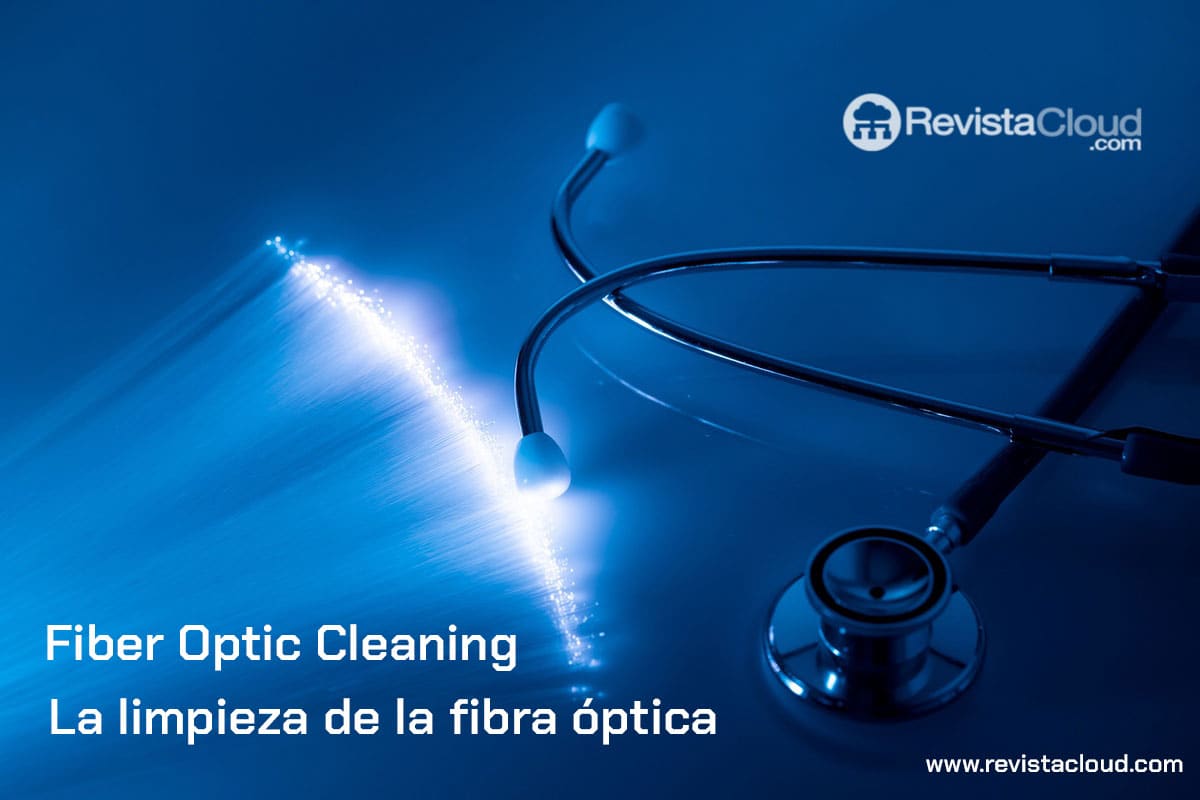Fiber optic is a critical component in modern telecommunications infrastructure, allowing the transmission of large volumes of data at impressive speeds. However, to maintain its optimal performance, it is essential to carry out proper and regular cleaning of fiber optic connections. The accumulation of dust, particles, and other contaminants on the fiber terminations can cause signal loss, decrease in connection quality, and in severe cases, irreparable damage. Here is a guide on how to clean fiber optic effectively.
Initial inspection
Before proceeding with the cleaning, it is crucial to inspect the fiber optic terminations using a fiber optic inspection microscope. This inspection allows to identify if the fiber is dirty and requires cleaning. One should never attempt to clean a fiber optic connection without first performing a visual inspection, as unnecessary cleaning can cause damage.
Cleaning methods
There are several methods for cleaning fiber optic connections, each suitable for different situations:
Dry cleaning: Use a specialized dry cleaning tool to gently remove dust and particles from the fiber optic terminations. This method is effective for most surface contaminations.
Wet cleaning: Involves the use of a specific fiber optic solvent applied to a lint-free cleaning swab or cloth. This method is suitable for removing more adhered or oily contaminants. It is important to ensure that the solvent has completely evaporated before reconnecting the fiber.
Compressed air cleaning: Compressed air can be used to remove loose particles from the surfaces of fiber terminations. However, this method should only be used as a preliminary step, as it may not remove all contaminants.
Good cleaning practices
Always use tools and cleaning materials designed specifically for fiber optics.
Avoid direct contact with fiber optic terminations to prevent contamination by skin oil.
Perform an inspection after cleaning to ensure that all terminations are free of contaminants.
Keep dust caps on connectors when not in use.
Safety precautions
When cleaning fiber optic connections, it is crucial to take precautions to protect health. Small fiber optic fragments can be dangerous if inhaled or come into contact with the skin. Use eye protection and make sure to work in a well-ventilated area.
In summary, regular and proper cleaning of fiber optic connections is essential to maintain the efficiency and reliability of telecommunications networks. By following the recommended methods and practices, optimal performance of fiber optic infrastructure can be ensured, avoiding transmission problems and extending the equipment’s lifespan.

